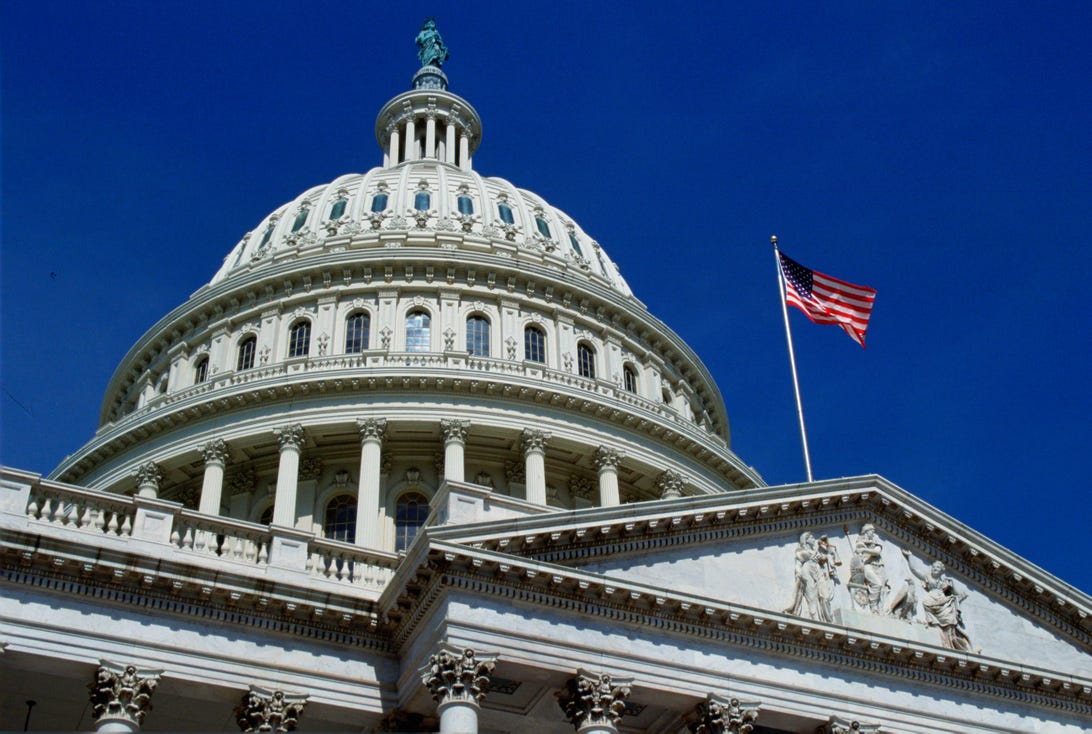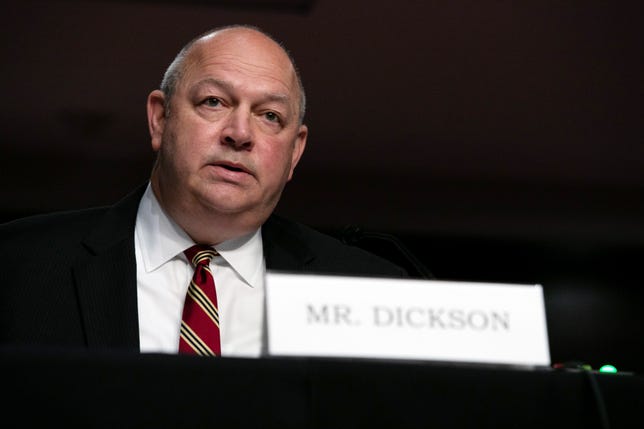
The head of the US Federal Aviation Administration, Steve Dickson, will testify Thursday before a congressional committee investigating the controversy over how or if 5G wireless service affects aviation safety.
The House Transportation and Infrastructure Committee called the hearing because of an ongoing clash involving the FAA and the Federal Communications Commission, along with the aviation and wireless industries they regulate, over the deployment of 5G using the newly acquired C-band wireless spectrum.
The hearing is scheduled to be streamed live on the House Transportation Committee’s website starting at 8 a.m. PT.
The committee will also hear from aviation and wireless industry officials. These include the head of Airlines for America, a trade group representing passenger and cargo airlines, and the chief of the Aerospace Industries Association, which represents airplane manufacturers. The head of CTIA, the wireless industry’s trade group, will also testify.
Though most of the public started hearing of concerns only at the end of last year when the FAA issued its first public warning, the dispute has roots that go back more than a decade. For years, the FAA and the aviation industry have worried about whether C-band 5G signals could interfere with airplane altimeters. Their fear is that any disruption to the altimeters, which pilots rely on during low-visibility landings to know how close they are to the ground, could lead to a crash.
The FCC, which regulates the nation’s airwaves, disagrees with the assessment of the risk by the FAA and the aviation industry. It says the evidence shows there’s no harmful interference between 5G using C-band and the vast majority of altimeters used in planes. Still, AT&T and Verizon agreed to voluntary measures to mitigate possible concerns.


FAA chief Steve Dickson will be back on Capitol Hill on Thursday to talk about potential 5G interference with airplane altimeters.
Graeme Jennings-Pool/Getty ImagesThe clash between the two sides came to a head on Jan. 16, just days before AT&T and Verizon were set to turn on their C-band 5G services. Despite two delays and voluntary agreements from the wireless carriers to alter their deployment plans, the FAA began issuing warnings regarding the 5G interference near airports, and airlines started canceling flights.
For now the two sides appear to have settled their dispute following yet another deal. As of last week, the FAA cleared 90% of commercial aircraft flying in the US to operate at airports where 5G C-Band transmitters are deployed.
But the very public disagreement between the federal agencies that played out over the past two months has shined a bright light on the dysfunction that exists within the government’s process for repurposing valuable wireless spectrum for new services. Experts on wireless policy fear the situation could have a chilling effect on future spectrum auctions and ultimately lead to less innovation in new wireless communication technology.
“It creates a lot of uncertainty in the market,” FCC Commissioner Brendan Carr said in an interview with CNET. “We’ve now sent this signal to every agency that doesn’t like the outcome of an FCC spectrum process that if you have a good enough public relations campaign, you can just hold on until the next administration and go directly to the White House, and maybe get a better deal.”
Though the congressional hearing should be a forum for finding out how this situation happened, wireless industry watchers are skeptical it’ll provide much explanation, especially considering that the heads of other agencies like the FCC and the National Telecommunications and Information Administration, which represents the president on spectrum matters, weren’t called to testify. The second panel for the hearing is also heavily weighted toward the concerns of the aviation industry, with six people representing aviation interests and a single witness from the wireless industry.
“My expectations for the hearing are obviously low,” Richard Bennett, editor of the communications policy website High Tech Forum, wrote in a blog post Wednesday.


